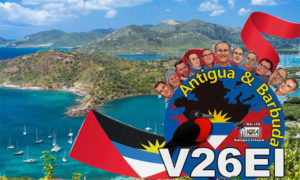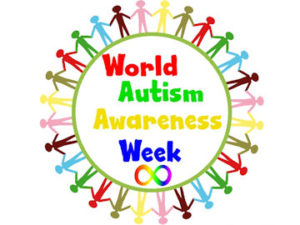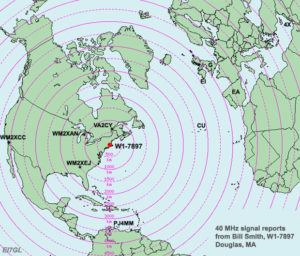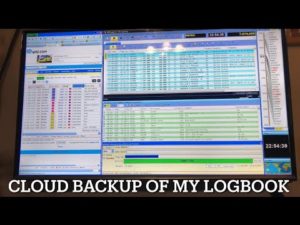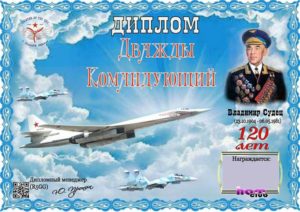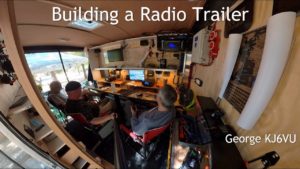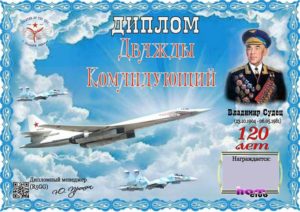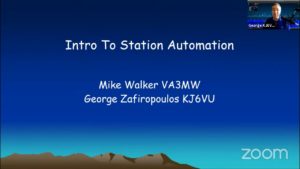ARISS to Celebrate 20 Years of Ham Radio on the International Space Station
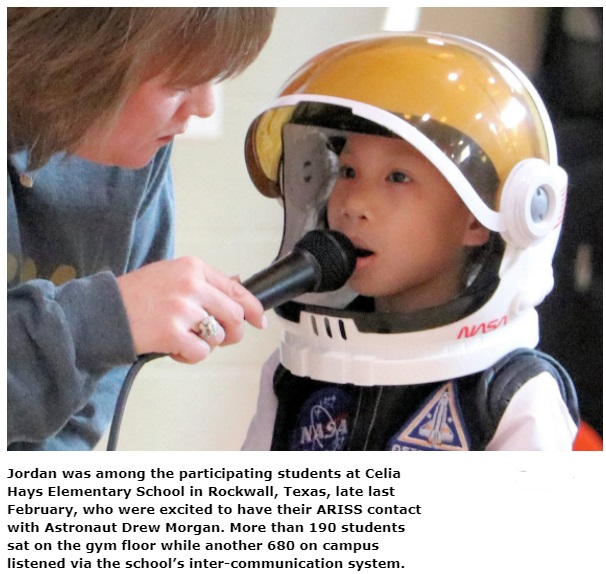
Amateur Radio on the International Space Station (ARISS) will soon celebrate 20 years of continuous ham radio operations on the International Space Station (ISS). NASA is commemorating the milestone with a newly produced infographic highlighting the educational contacts via amateur radio between astronaut crew members aboard the ISS and students. Over its 20 years, ARISS has supported nearly 1,400 scheduled ham radio contacts with schools, student groups, and other organizations.
Planning for ARISS began in 1996 as a cooperative venture among national amateur radio and amateur satellite societies, with support from their respective space agencies. The ARISS ham radio gear actually arrived on the station before the Expedition 1 crew, headed by Commander Bill Shepherd, KD5GSL. The FCC issued ham radio call sign NA1SS for ISS operations. After Expedition 1 arrived on station, some initial tests with ARISS ham radio ground stations and individual hams confirmed the ham gear was working properly. The first ARISS school contact was made with students at Luther Burbank Elementary School in Illinois on December 21, 2000, with Shepherd at the helm of NA1SS on the ISS, and ARISS operations team mentor Charlie Sufana, AJ9N, guiding the operation on the ground.
NASA produced a video of students talking with astronaut Chris Cassidy, KF5KDR, during an ARISS contact in May 2020.
Before and during scheduled ham radio contacts, students, educators, parents, and communities learn about space and related technologies, and radio communication using amateur radio. ARISS has inspired thousands of students, promoting exploration through educational experiences spanning science, technology, engineering, the arts, and mathematics.
ARISS relies on a large network of amateur radio operator volunteers, many associated with radio clubs in the communities where students and groups participating in the contact reside. ARISS volunteers support satellite ground stations, serve as technical mentors, and provide additional help in the areas of education, community outreach, and public relations.
While student-to-astronaut radio contacts are a primary objective for ARISS, the capability has also inspired further experimentation for amateur radio in space and evaluation of new technologies. In September, ARISS announced that the initial element of its next-generation ham radio system had been installed in the ISS Columbus module. The new radio system replaces equipment originally certified for spaceflight in mid-2000. The onboard ham station also provides a contingency communications system for the ISS crew. Several astronauts have also enjoyed using NA1SS to make casual contacts with — and delighting — earthbound members of the ham radio community.
In the US, ARISS sponsors include ARRL, AMSAT, and NASA, the ISS National Lab-Space Station Explorers, and NASA’s Space Communications and Navigation program. Global organizing partners include International Amateur Radio Union (IARU) member-societies as well as AMSAT organizations, and space agencies in Canada, Europe, Russia, Japan, and elsewhere.
The next proposal window for US schools and educational organizations to host an amateur radio contact with a crew member onboard the ISS opened on October 1 for contacts that would take place from July through December 2021.
Like many educators who have coordinated ARISS radio contacts for their students, teacher Rita Wright, KC9CDL, an ARRL member, described the first ARISS school contact as inspirational and having a lasting impact on their community. Five months after their contact, nearly 500 students greeted Bill Shepherd when he visited Luther Burbank School. Wright said it was “like tossing a pebble into a stream.”
“The ripple effects are still occurring, and I suspect will continue to occur for a long time,” she said. “We have a young staff, and witnessing these events has inspired some to look for other interdisciplinary projects. They are beginning their dream. Many of our students are looking forward to careers associated with the space industry.”
If you have found a spelling error, please, notify us by selecting that text and pressing Ctrl+Enter.
